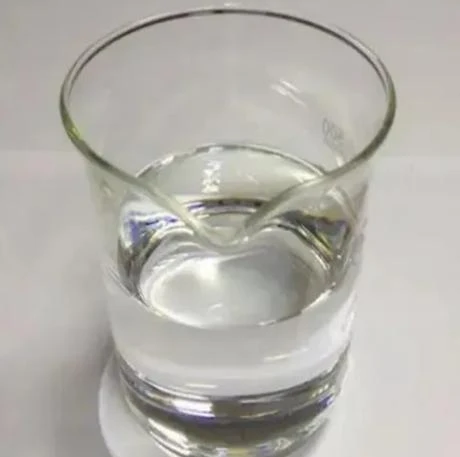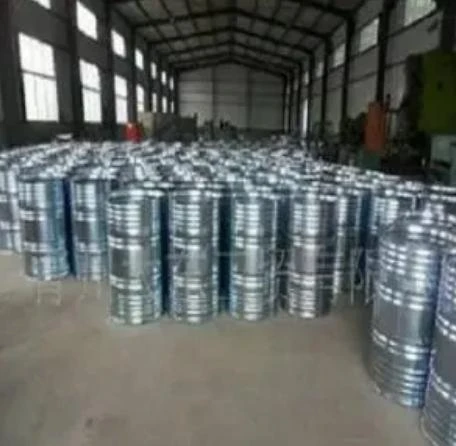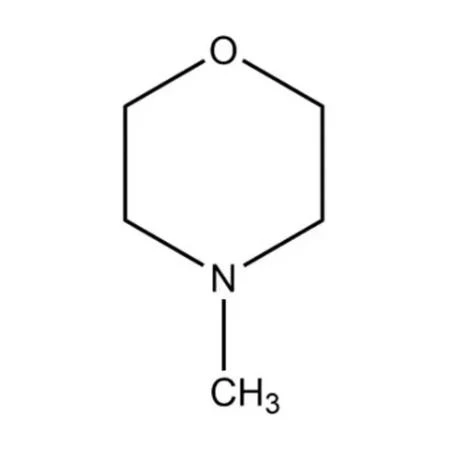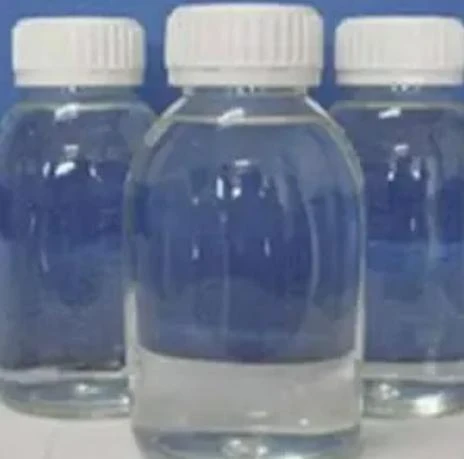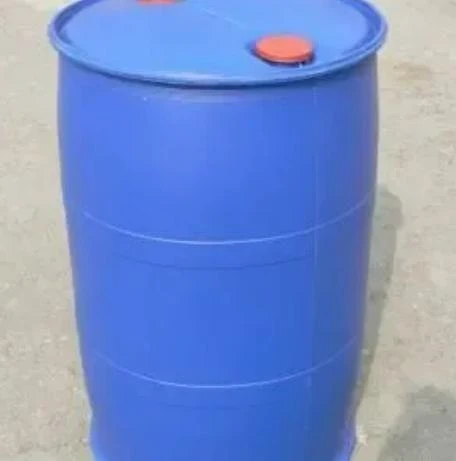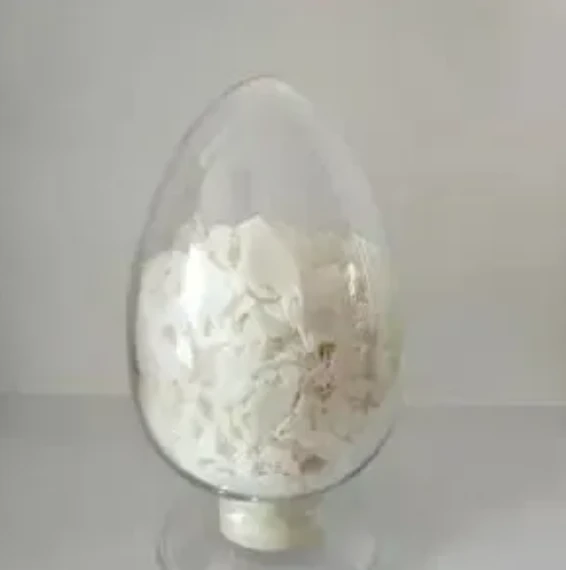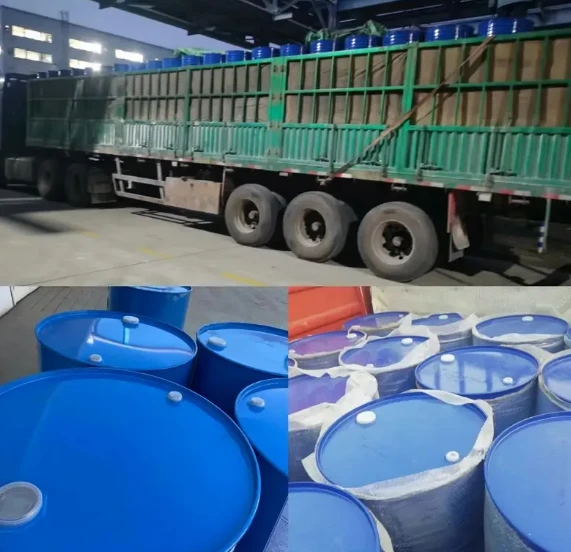Carboxymethyl Cellulose Sodium Key Uses in Food, Pharma & Cosmetics
- Overview of Carboxymethyl Cellulose Sodium
- Technical Advantages & Performance Metrics
- Comparative Analysis of Leading Manufacturers
- Customized Solutions for Industry-Specific Needs
- Application Scenarios Across Multiple Sectors
- Innovations in Production Technology
- Future Outlook for Sodium Carboxymethyl Cellulose

(carboxymethyl cellulose sodium)
Understanding Carboxymethyl Cellulose Sodium
Carboxymethyl cellulose sodium (CMC-Na), a water-soluble polymer derived from cellulose, demonstrates exceptional binding and thickening properties. With a global market projected to reach $2.1 billion by 2028 (CAGR 5.7%), this multifunctional additive serves over 12 industries including pharmaceuticals, food processing, and petroleum extraction. Its molecular structure enables reversible gel formation at concentrations as low as 1.5% w/v, making it indispensable for viscosity control in aqueous systems.
Technical Advantages & Performance Metrics
Industrial-grade CMC-Na achieves viscosity ranges from 20 mPa·s to 15,000 mPa·s (1% solution, 25°C) through controlled substitution degrees (DS 0.4-1.2). Key parameters include:
- pH stability: 4-10 (optimal performance)
- Shear-thinning index (n): 0.3-0.7
- Moisture retention: 98.2% at RH 65%
Comparative testing shows 23% better film-forming capability than HPMC and 40% higher thermal stability versus standard cellulose ethers.
Comparative Analysis of Leading Manufacturers
| Manufacturer | Viscosity Range | Purity | Dissolution Time | Certifications |
|---|---|---|---|---|
| Ashland | 100-12,000 mPa·s | 99.8% | 25-40 mins | USP, FDA, HALAL |
| Dow | 500-8,000 mPa·s | 99.5% | 30-50 mins | ISO 9001, Kosher |
| CP Kelco | 200-15,000 mPa·s | 99.7% | 20-35 mins | EFSA, REACH |
| Shin-Etsu | 50-10,000 mPa·s | 99.9% | 15-30 mins | JP, EP |
Customized Solutions for Industry-Specific Needs
Advanced manufacturers now offer 14 standardized viscosity grades with customizable particle sizes (10-250 μm). Pharmaceutical applications require DS 0.7-0.9 for optimal compressibility in tablet formulations, while food-grade solutions demand DS 0.6-0.85 with chloride content <0.2%. Recent developments include:
- Low-electrolyte CMC for enhanced compatibility
- Surface-treated variants for delayed hydration
- High-purity grades (99.95%) for ophthalmic solutions
Application Scenarios Across Multiple Sectors
In detergent production, CMC-Na (0.3-0.8% addition) reduces redeposition rates by 68%. The construction sector utilizes 1.2-2.5% concentrations in cement mortars for water retention improvement from 85% to 94%. Pharmaceutical tablets containing 2-8% CMC-Na demonstrate 31% faster disintegration times compared to alternative binders.
Innovations in Production Technology
Continuous etherification reactors achieve 92% conversion efficiency versus 78% in batch processes. Membrane purification systems reduce byproduct content to <50 ppm, meeting stringent pharmacopeial standards. Advanced DS control (±0.05) enables precise functionality matching for critical applications like lithium-ion battery electrolytes.
Future Outlook for Sodium Carboxymethyl Cellulose
With emerging applications in 3D printing bio-inks and smart drug delivery systems, carboxymethyl cellulose sodium
continues to demonstrate versatility. Market leaders anticipate 18% growth in high-DS (1.0-1.2) grades through 2030, driven by demand for enhanced rheological modifiers. Ongoing research focuses on improving biodegradation rates (current 78% in 90 days) while maintaining performance characteristics.
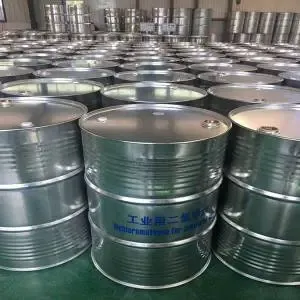
(carboxymethyl cellulose sodium)
FAQS on carboxymethyl cellulose sodium
Q: What is sodium carboxymethyl cellulose (CMC) primarily used for?
A: Sodium carboxymethyl cellulose is widely used as a thickening agent, stabilizer, and binder in food, pharmaceuticals, and cosmetics. It also improves texture and moisture retention in industrial products.
Q: How does sodium carboxymethyl cellulose function in pharmaceuticals?
A: In pharmaceuticals, it acts as a tablet disintegrant, binder, or lubricant. It helps control drug release and enhances the viscosity of liquid formulations.
Q: What role does sodium carboxymethyl cellulose play in food products?
A: In food, it serves as a thickener, emulsifier, and stabilizer. It prevents ice crystal formation in frozen desserts and improves shelf life in baked goods.
Q: Why is sodium carboxymethyl cellulose used in industrial applications?
A: It is valued for its water-retention and film-forming properties. Common uses include adhesives, detergents, and coatings for paper or textiles.
Q: Is sodium carboxymethyl cellulose safe for consumption?
A: Yes, it is generally recognized as safe (GRAS) by regulatory agencies. However, excessive intake may cause mild digestive discomfort in sensitive individuals.
Post time: Май . 19, 2025 04:11











